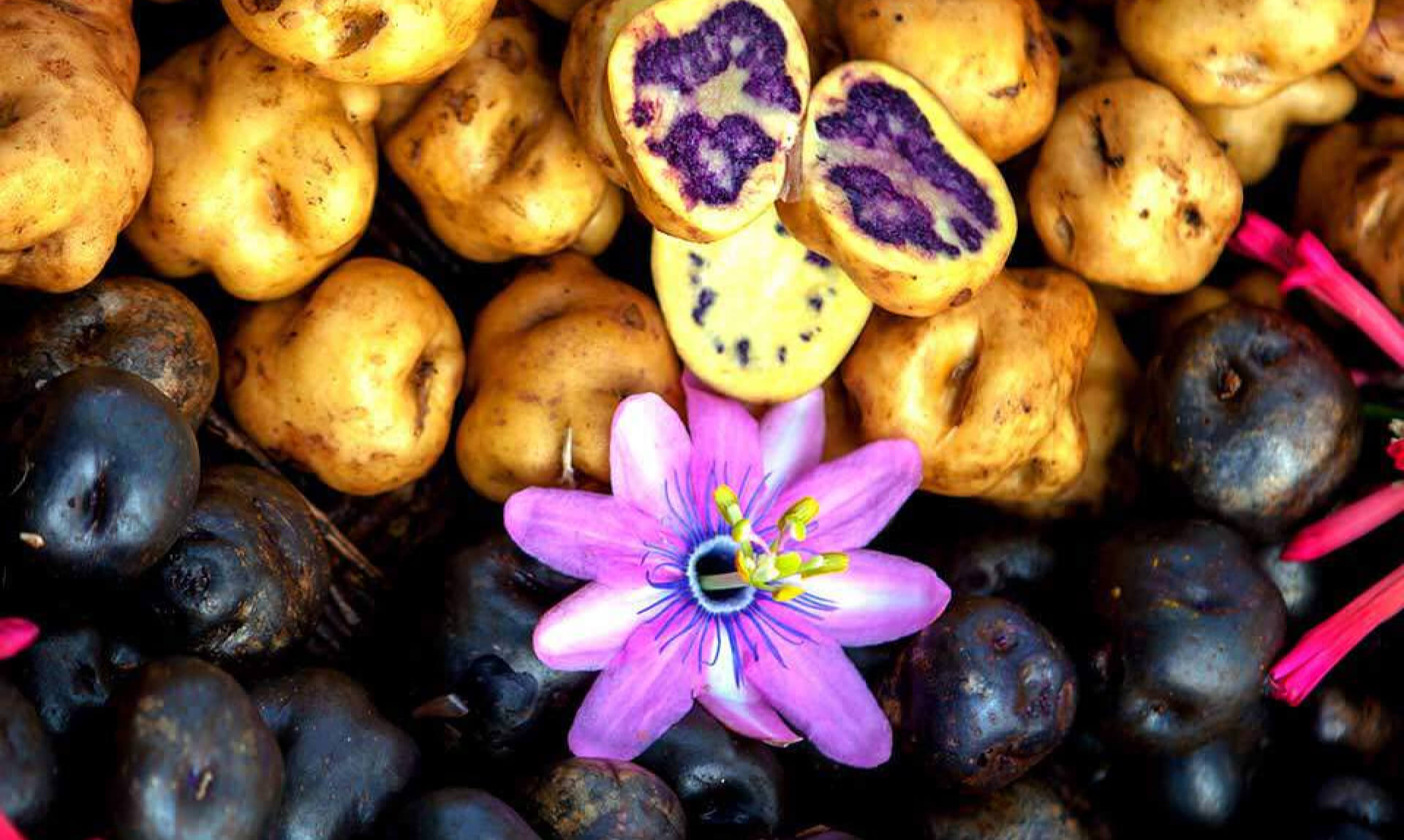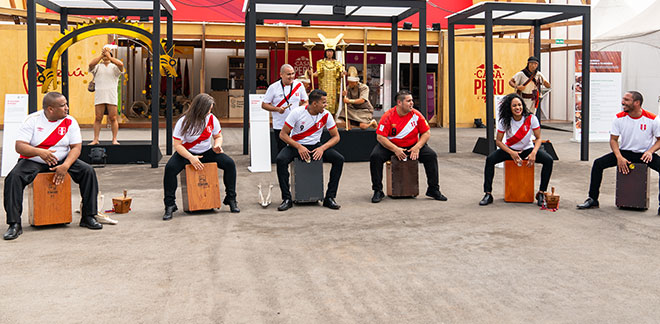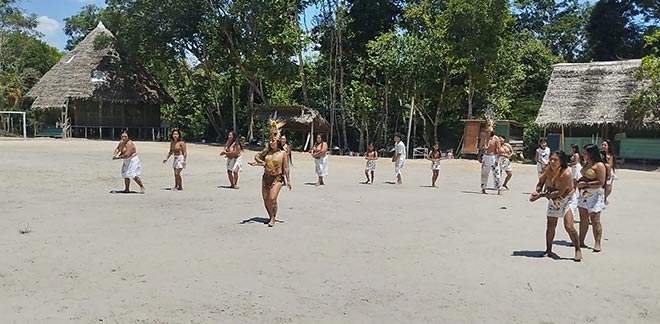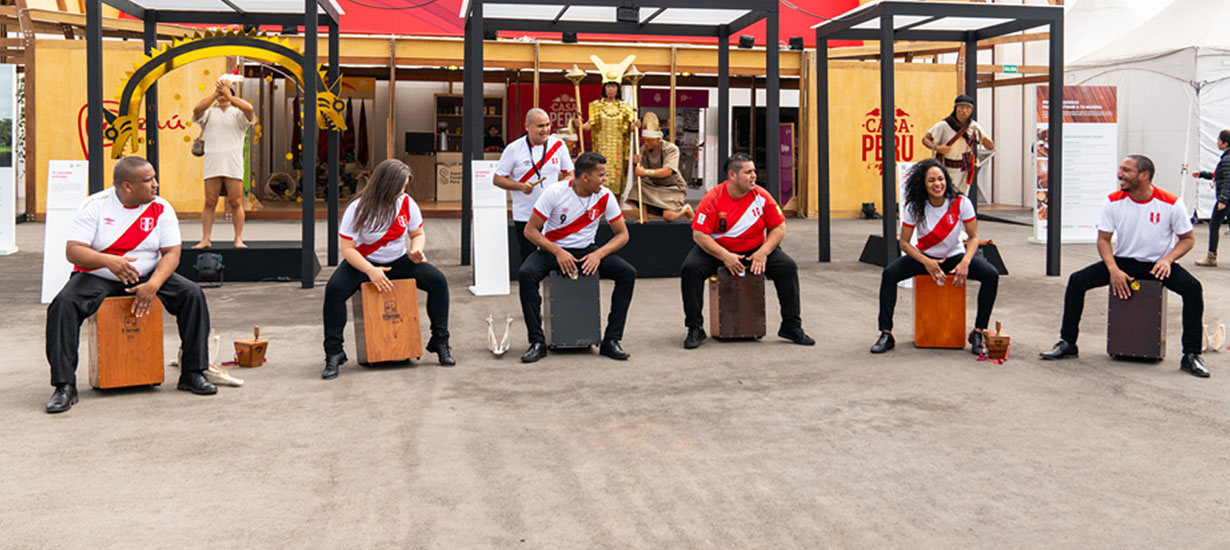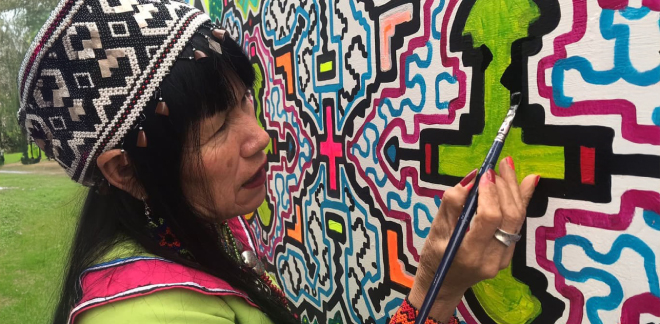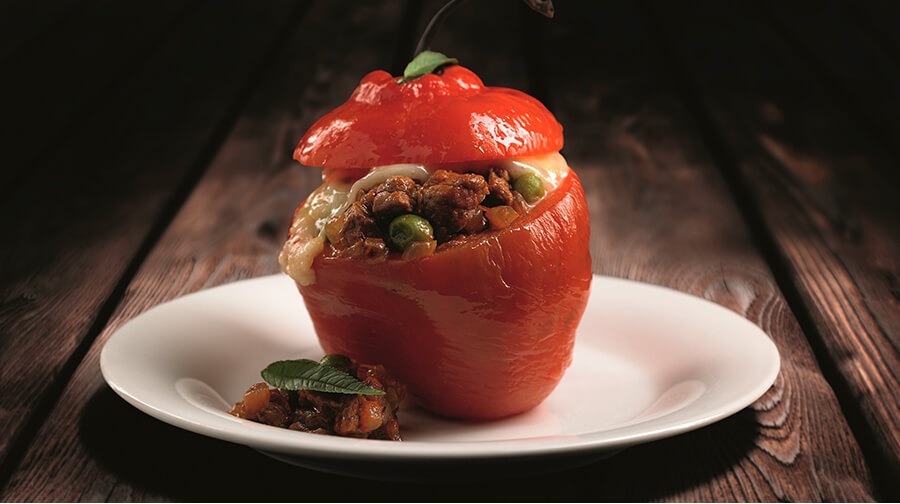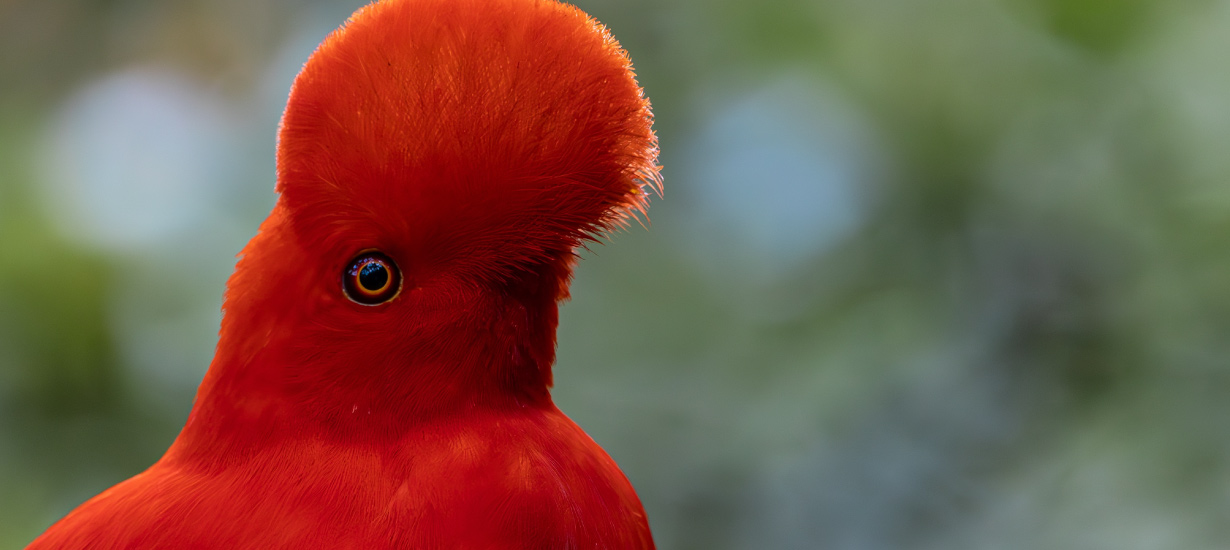Drums and cajones: The heartbeat of Peruvian percussion
Síguenos en:Google News
From the coast to the Andes, every percussion instrument carries the imprint of diverse traditions and communities that have shaped Peru’s musical heritage.
Peruvian music reflects the country’s rich cultural diversity, blending Indigenous, African, and European influences. Within this vibrant tradition, percussion instruments have been essential, setting the rhythm for both artistic and ritual expressions.
From the deep, resonant tones of the Peruvian cajon to the distinctive raspy sound of the quijada de burro, Peruvian percussion is diverse and deeply woven into the country’s history.
Here are some of Peru’s most iconic percussion instruments, their origins, and their lasting impact on the nation’s music over the years.
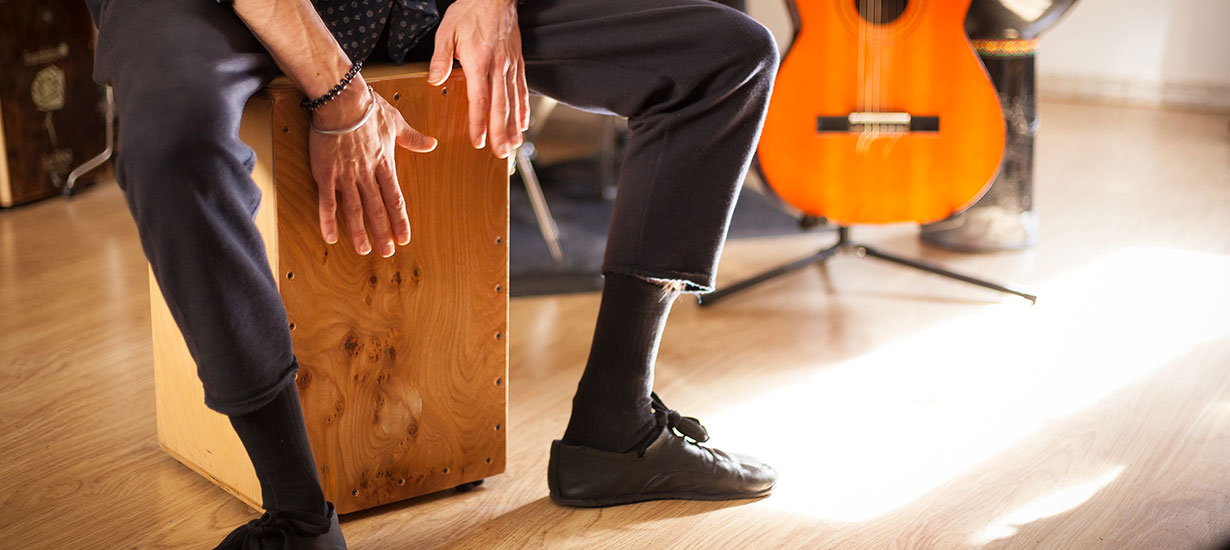 Peruvian cajon/Source: Shutterstock
Peruvian cajon/Source: Shutterstock
1. Peruvian cajon
The Peruvian cajon is the country’s most iconic percussion instrument and has gained international recognition. Research suggests its origins trace back to the 19th century, linked to the arrival of wooden shipping crates in Peru, which Afro-Peruvians ingeniously repurposed to create music. The earliest known reference to the cajon dates to 1832 when a French traveler described its use during the Amancaes festival.
This rectangular instrument is played with the hands, producing both deep and sharp tones depending on where it is struck. It is essential in Afro-Peruvian genres like festejo, lando, and zamacueca, but its versatility has also led to its integration into flamenco, jazz, and fusion music, thanks to artists like Paco de Lucia.
In 2001, the Peruvian cajon was declared Cultural Heritage of the Nation. Today, it stands as one of Peru’s most emblematic musical instruments.
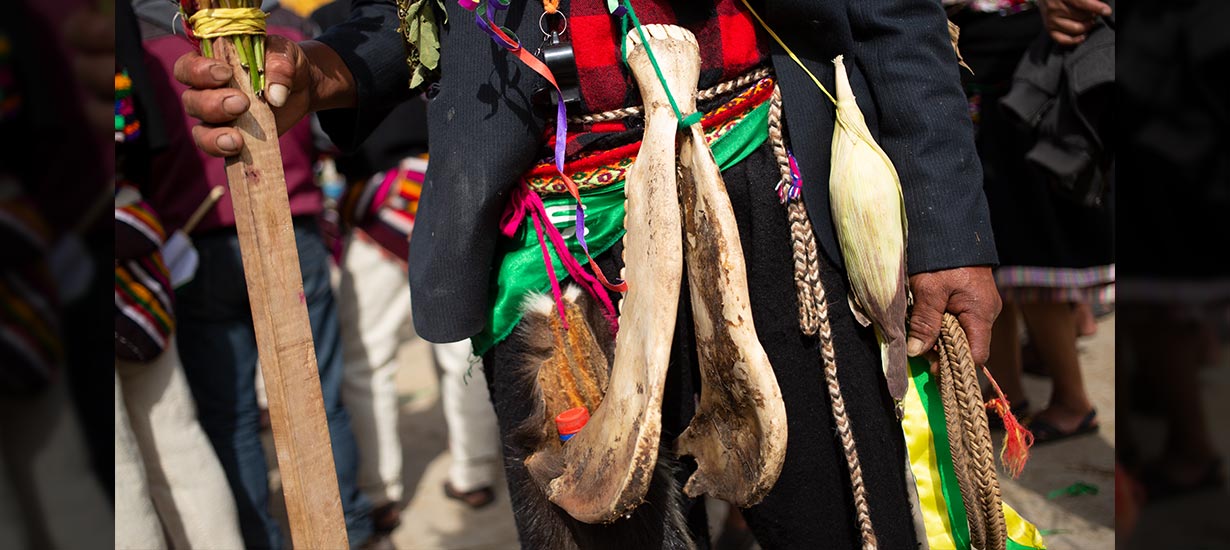 Quijada de burro/Source: PROMPERÚ
Quijada de burro/Source: PROMPERÚ
2. Quijada de burro
Quijada de burro is another traditional percussion instrument with deep roots in Afro-Peruvian culture. Made from the dried jawbone of a donkey or horse, it produces a distinctive rasping sound when struck or rubbed with a stick, as the loose teeth rattle against the bone.
This instrument is essential in Afro-Peruvian music, particularly in genres like festejo and lando. Its distinctive sound adds rich rhythmic texture, and generations of traditional musicians have kept its use alive.
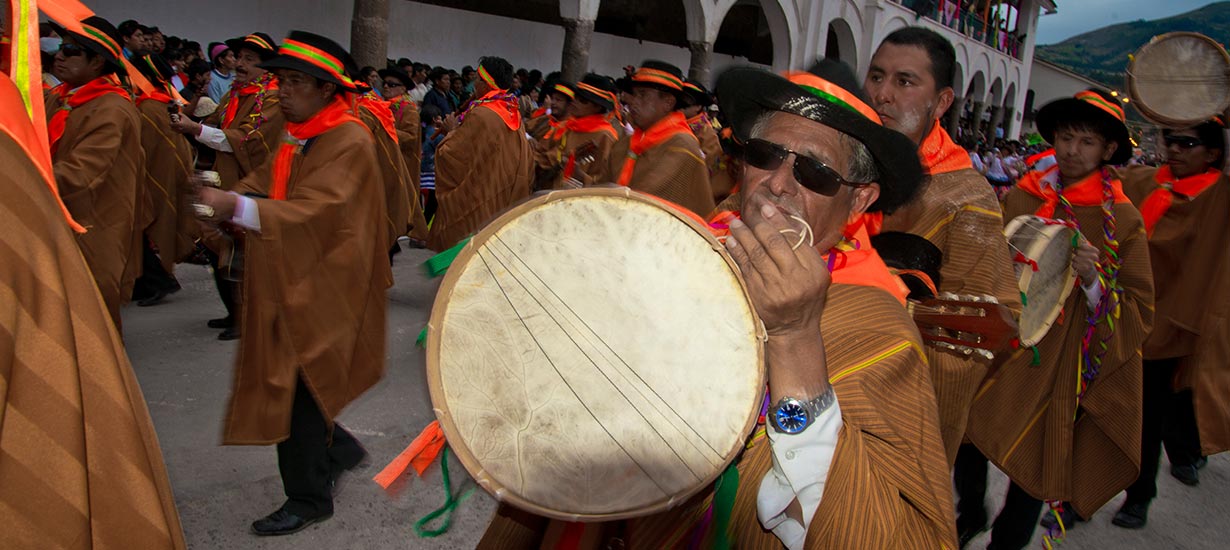 Tinya/Source: PROMPERÚ
Tinya/Source: PROMPERÚ
3. Tinya
The tinya is a small drum of pre-Hispanic origin, traditionally used in the Peruvian highlands. Made with a wooden frame and camelid leather drumheads, it is played with a wooden stick in one hand, while the other can hold a flute or quena.
Today, the tinya remains a key instrument in the Mantaro Valley (Junin and Huancavelica), where it accompanies the cornet in the traditional Santiago dance held in July. It is also widely used by peasant communities in the Cusco region during various ceremonies tied to social and agricultural festivities, such as cattle branding.
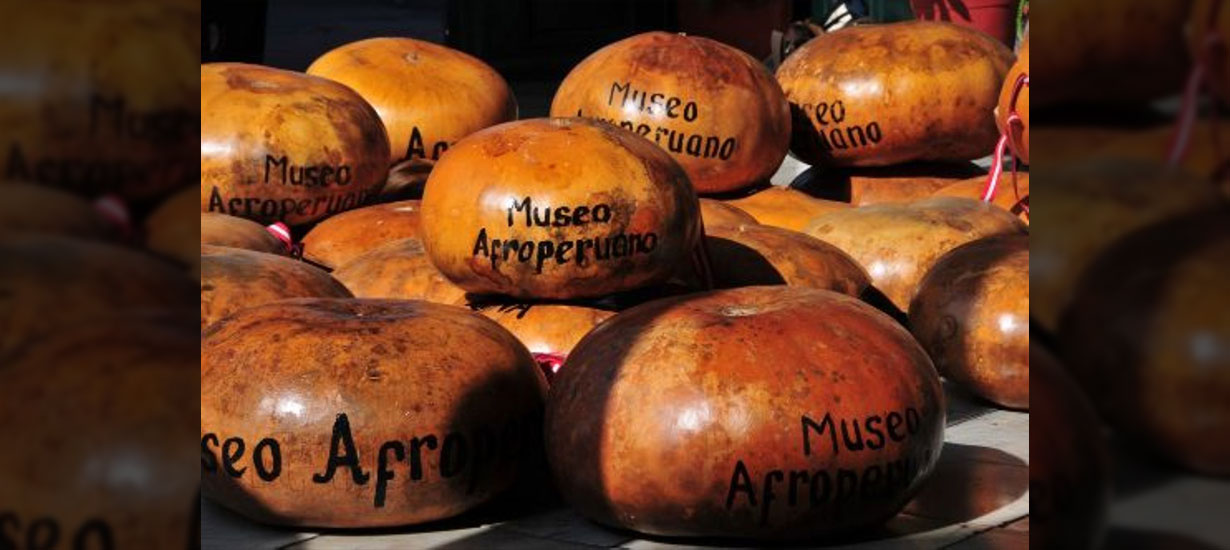 Checo/Source: Andina
Checo/Source: Andina
4. Checo
The origins of the checo stem from the musical adaptation of a utilitarian object, reflecting both Andean and Afro-Peruvian influences. Afro-Peruvian communities along Peru’s coast preserved this tradition until the 19th century when the instrument was first depicted in Ignacio Merino’s 1857 painting Jarana en Chorrillos.
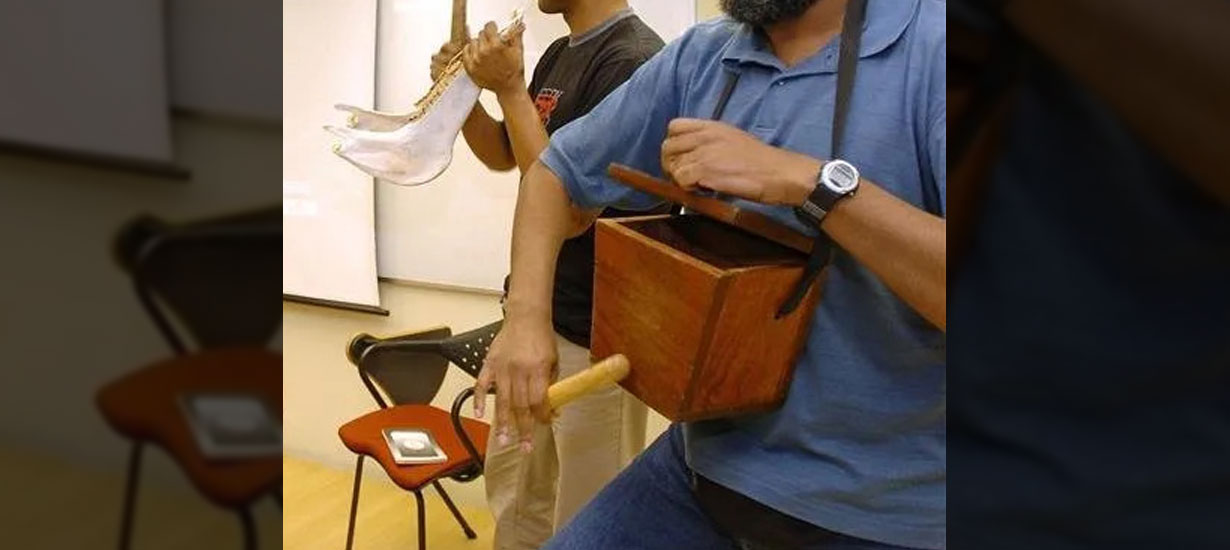 Peruvian cajita ritmica/Source: Andina
Peruvian cajita ritmica/Source: Andina
5. Peruvian cajita ritmica
It consists of a small wooden box with a movable lid, played by striking the top with a drumstick while sliding the lid with the other hand to create its distinctive rhythmic sound. The origins of the Peruvian cajita ritmica trace back to the caja, a similar but larger instrument, and to the wooden piggy banks used by Black brotherhoods during the viceregal period in corpus processions, such as the Son de los Diablos.
In this way, the cajita ritmica, along with the Peruvian cajon and the quijada de burro, forms the core of Afro-Peruvian folkloric percussion.
The cajon, quijada de burro, tinya, checo, and cajita ritmica are just a few examples of Peru’s vibrant musical heritage. Their rhythms continue to resonate in festivals, concerts, and recordings, showcasing the richness of Peruvian music and the enduring strength of its cultural traditions.

